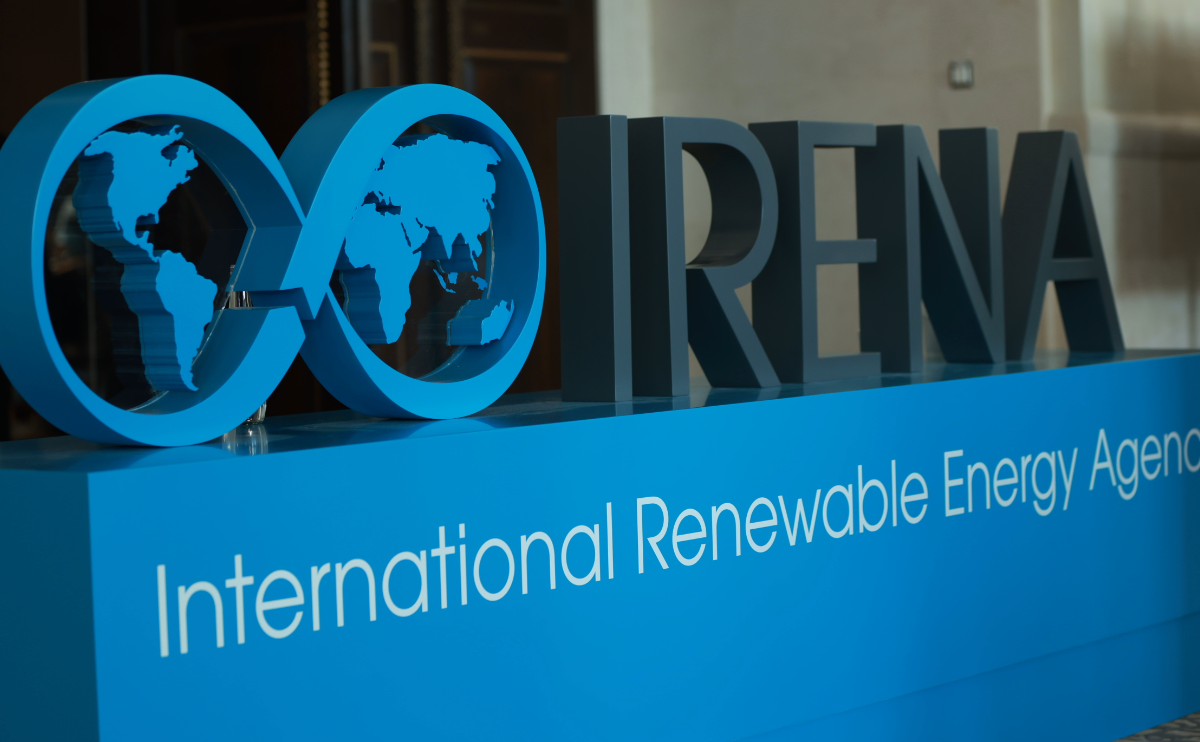
Integrated Solar-Clean Energy Microgrid to Power Finland Industrial District
June 10, 2024
Renewvia Launches Phase One of Its Africa, Solar-Storage Microgrid Initiative
June 10, 2024pv MAG Andrew Burger
Solar Gardens could sprout in cities around the world over the next few years as increased funding cultivates fertile minds to examine new alternatives for accessible renewable energy. Picture a cityscape dotted with artificial sunflowers, their discs an array of small photovoltaic cells surrounded by a bright burst of yellow petals. Plant plots of these sunflowers across big cities and you help change the landscape from brutal brickwork to bright beauty – a technological transformation that would warm the heart of Dutch Post-Impressionist painter Vincent van Gogh. Yes, it’s a flight of fancy. But when science and art are brought together to create function and form, anything is possible.
The word “garden” conjures up images of green spaces but in reality, a solar garden is simply a solar array in which consumers can buy or lease panels.
Their popularity is not based on aesthetics but on their use as an innovative community-based solution for people who do not own the roof over their own head.
Sowing the seeds
Solar gardens appeal to those who rent, live in apartments or in low income housing where they do not have access to the potential cost-cutting benefits of rooftop solar generation. It also allows low income earners to buy into a solar garden, with the electricity generated credited to the customer’s energy bill – an appealing concept for billions of people around the world – from Singapore to Hong Kong, Shanghai, London, Sydney and New York. An increasingly popular power generation alternative in the United States, solar gardens are now taking root in Australia. The Australian Renewable Energy Agency (ARENA) has announced funding for a study on solar gardens which could allow a third of Australia’s 24 million people who rent, live in apartments or live in low income housing to access the benefits of rooftop solar. ARENA is providing $240,000 to the University of Technology Sydney’s Institute of Sustainable Futures (ISF) to undertake the study. With an overall cost of $555,000, the solar garden project will bring together energy retailers, councils, community energy agencies, social welfare groups and the NSW Government to examine the viability of a solar garden in five potential locations – Blacktown in western Sydney, Swan Hill in northwest Victoria, Townsville in North Queensland, Shoalhaven and Byron Bay in New South Wales.
Renters in the dark
“Solar gardens have been popular in the US, with the fast growing market seeing 200MW of shared solar gardens already in operation,” said ARENA CEO Ivor Frischknecht. “Almost a third of Australians are unable to put solar on their roofs because they are renting, live in apartments or live in low income housing. Solar gardens give consumers the benefits of rooftop solar, even if you don’t have a roof available to put it on,” Mr Frischknecht said. “While over 1.8 million households (in Australia) now enjoy the benefits of cheap solar power, unfortunately not every household owns a sunny roof suitable for solar panels,” said ISF Research Associate and Director of Community Power Agency Nicky Ison. Backgrounding renewable energy uptake in Australia and supporting the concept of solar gardens and community-sharing, an increasing number of Australians are renting rather than owning their own home, according to the 2016 Australian Census, while renters are paying more, with median household weekly rent jumping from $285 to $335. While the percentage of those renting only increased slightly over the period, from 29.6 per cent to 30.9 per cent, home ownership declined from 32.1 per cent in 2011 to 31 per cent, reflecting an overall fall in home ownership of more than 10 per cent over the past 25 years. The percentage of Australian households which are now paying more than 30 per cent of income in rent has also increased, rising from 10.4 per cent to 11.5 per cent.
Fertile ground
Falling home ownership and rising rent costs have produced fertile ground for the emergence of solar gardens and other energy sharing enterprises like Sydney-based SunTenants.
SunTenants was established by Dr Bjorn Sturmberg, a University of Sydney physicist who was funded by the Australian Renewable Energy Agencyto research the improvement of solar cell efficiency. Dr Sturmberg initiated the first installation of a solar/storage facility in an Australian apartment, the award-winning Stucco Co-operative, which supplies cheap power to forty low-income residents, effectively halving their electricity bills. SunTenants says the success of the Stucco project “highlighted the inequality of the rising number of renters, locked out of the solar revolution sweeping across Australia’s owner-occupier properties”.
Skyrocketing prices
“This exclusion is holding back Australia’s transition to a sustainable future and leaves tenants exposed to skyrocketing electricity prices that are driving soaring levels of energy poverty.” SunTenants rewards both tenants and landlords for installing a solar system on the property by paying the tenants for consuming the power and the landlords for installing the system. The tenants have lower electricity bills and the landlord improves the value of their property, with the solar installation generating a monthly reward for the investment. In the US, the Department of Energy (DOE) has been encouraging the uptake of community solar generation, with solar gardens sprouting in Colorado, California, Minnesota, Vermont, New Hampshire, Maine and Massachusetts.




